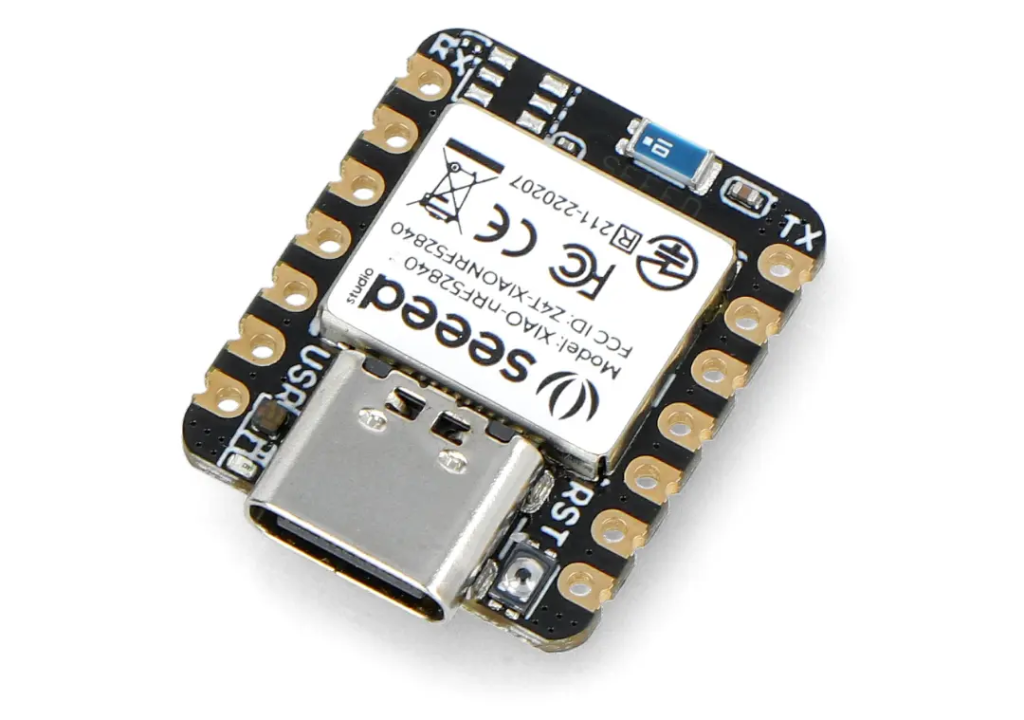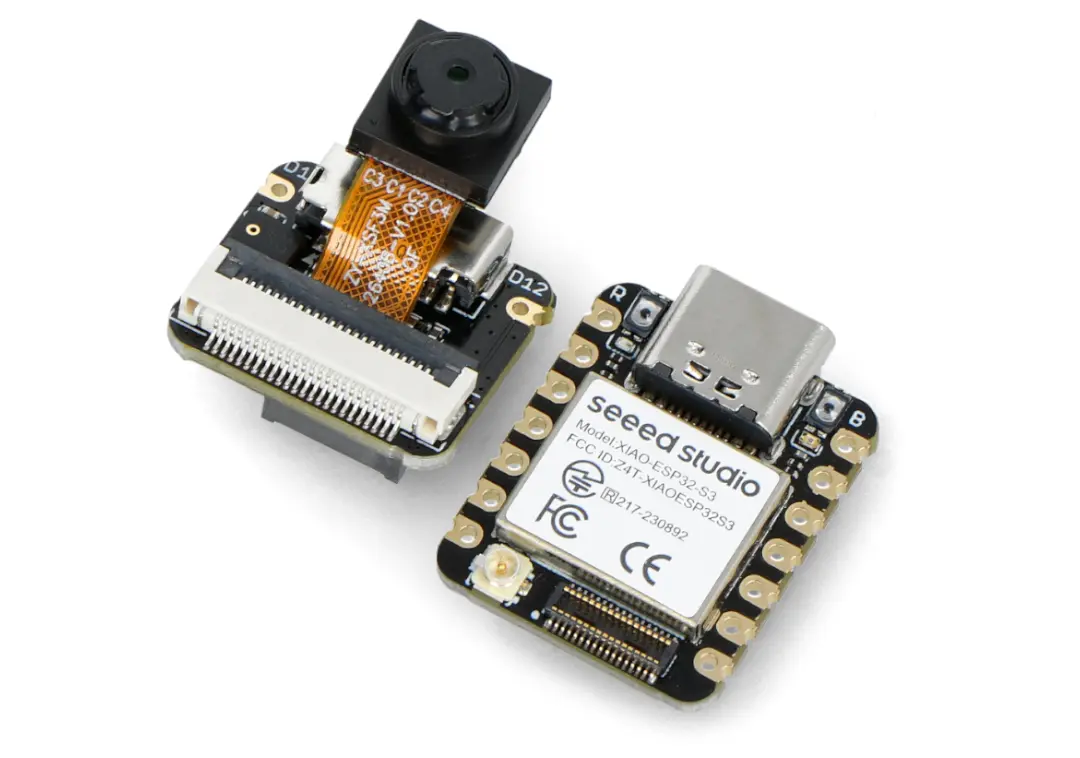Machine learning has made massive strides in recent years, largely driven by powerful hardware, large-scale cloud platforms, and data-rich environments. But what happens when you want to bring intelligence to tiny, low-power devices that don’t have access to massive computation? Enter TinyML.
TinyML (Tiny Machine Learning) refers to the specific deployment of machine learning (ML) models on microcontrollers and edge devices. These devices are often battery-powered, with limited memory and processing capacity. Yet, through innovation in model compression, energy efficiency, and edge computing, it’s now possible to run ML models where it was once unimaginable.
Professionals enrolled in a data scientist course are beginning to explore this exciting frontier, as it’s reshaping how we think about real-time decision-making in resource-constrained environments.
What is TinyML?
TinyML is the intersection of embedded systems and machine learning. It allows developers to run trained ML models on devices with limited resources such as Arduinos, Raspberry Pis, and even custom-built chips.
These models are typically used for tasks like gesture recognition, keyword spotting, anomaly detection, and environmental sensing. Imagine a smart thermostat that actively learns your schedule, or a wearable device that detects medical anomalies—all without needing an internet connection.
By eliminating the need for continuous cloud connectivity, TinyML offers not only efficiency but also privacy and real-time responsiveness.
Learners in a data science course are now being introduced to TinyML frameworks like TensorFlow Lite for Microcontrollers and Edge Impulse, which enable rapid prototyping and deployment of such models.
Why TinyML Matters
The appeal of TinyML lies in its ability to bring intelligence to the edge. With numerous devices connected to the Internet of Things (IoT), the demand for on-device intelligence is growing exponentially.
Cloud-based inference can be expensive, slow, and dependent on network connectivity. By performing inference locally on edge devices, TinyML reduces latency, saves bandwidth, and improves reliability.
This is particularly important in applications where time is of the essence, such as monitoring machinery in real-time, or identifying a fall in elderly care scenarios.
Professionals pursuing a data scientist course will benefit greatly from understanding these practical advantages of edge intelligence.
Key Components of a TinyML System
Building a TinyML application involves a different stack than traditional machine learning. Here are the core components:
- Model Training: Typically done on a workstation or cloud using standard ML frameworks.
- Model Optimization: Tools like quantization and pruning reduce the size and complexity of the model.
- Deployment: The optimized model is converted into C code and flashed onto a microcontroller.
- Data Acquisition: Sensors like microphones, accelerometers, or cameras collect data.
- Inference Engine: The microcontroller uses lightweight runtimes like TensorFlow Lite to perform predictions.
In modern data science course modules, learners are exposed to these stages to prepare them for real-world TinyML deployments.
Applications of TinyML
The use cases for TinyML span across industries and everyday life. Some of the most impactful applications include:
- Healthcare: Wearable monitors that detect irregular heartbeats or dehydration.
- Agriculture: Smart irrigation systems that adjust water flow based on soil moisture and temperature.
- Industrial IoT: Machines that self-monitor for unusual vibration patterns, predicting failure before it happens.
- Smart Homes: Voice-activated light switches and appliances that learn user habits.
- Security: Cameras with on-device facial recognition and motion detection.
As these use cases grow, more students in a data scientist course are choosing to specialize in edge AI solutions.

Challenges in TinyML
While the benefits are significant, TinyML isn’t without its challenges:
- Limited Resources: Microcontrollers often have just kilobytes of RAM and flash storage.
- Energy Constraints: Many applications run on battery-powered devices.
- Model Size: Complex models must be simplified without losing performance.
- Debugging: Debugging is harder on embedded systems compared to traditional development environments.
Overcoming these hurdles requires creativity and an understanding of embedded hardware—skills that are now being added to advanced data science course curricula.
Popular Tools and Frameworks
Several tools are enabling developers to bring TinyML applications to life:
- TensorFlow Lite for Microcontrollers: Google’s toolkit for running ML models on small devices.
- Edge Impulse: A platform for building as well as deploying TinyML applications without deep coding knowledge.
- Arduino Nano 33 BLE Sense: A popular board for prototyping TinyML projects.
- CMSIS-NN: ARM’s library for efficient neural network kernels on Cortex-M CPUs.
Students in a data scientist course are encouraged to gain hands-on experience with these tools to stay ahead in a competitive landscape.
TinyML and the Future of AI
As edge computing gains momentum, TinyML is poised to become a true cornerstone of the AI ecosystem. The number of connected devices is expected to reach over 75 billion by 2025, and most of these will require some form of intelligence.
TinyML is not about replacing traditional ML but complementing it. It’s about putting smarter systems in places that were previously off-limits to AI.
Professionals engaged in a data science course will find that integrating TinyML into their skillset opens up new career paths in IoT, embedded systems, and applied AI.
Real-World Case Studies
Let’s explore how companies are already putting TinyML to work:
- Google: Their keyword spotting model runs on microcontrollers and is used in smart assistants.
- Sony: Developing TinyML models for real-time noise cancelation and audio enhancement.
- Seismic: Wearable suits for warehouse workers that monitor posture and movement to prevent injury.
- PlantVillage: An open-source agriculture solution that uses solar-powered sensors and TinyML models to help farmers optimize crop yield.
These examples demonstrate the versatility and growing adoption of TinyML across domains. It’s a subject of growing interest in any forward-thinking data scientist course.
How to Get Started with TinyML
Interested learners can take their first steps by:
- Exploring online courses on TinyML offered by institutions like Harvard and Google.
- Using platforms like Edge Impulse for quick prototyping.
- Experimenting with boards like Arduino Nano or Raspberry Pi Pico.
- Reading case studies and community projects for inspiration.
A well-structured data scientist course will often include capstone projects that challenge students to apply TinyML concepts in practical scenarios.
Conclusion
TinyML represents a monumental shift in how and where we apply machine learning. It allows intelligence to reach devices that were once considered too limited, enabling new possibilities across industries.
From healthcare to agriculture, and from smart homes to industrial automation, TinyML is redefining the scope of AI.
For anyone pursuing a career in data and AI, understanding TinyML isn’t just optional—it’s essential. Whether you’re already in a data scientist course or planning to enroll in a data science course in mumbai, diving into the world of TinyML will make you more versatile, employable, and future-ready.
The era of intelligent edge computing is here. And TinyML is leading the charge.
Business Name: ExcelR- Data Science, Data Analytics, Business Analyst Course Training Mumbai
Address: Unit no. 302, 03rd Floor, Ashok Premises, Old Nagardas Rd, Nicolas Wadi Rd, Mogra Village, Gundavali Gaothan, Andheri E, Mumbai, Maharashtra 400069, Phone: 09108238354, Email: enquiry@excelr.com.




